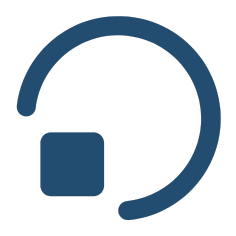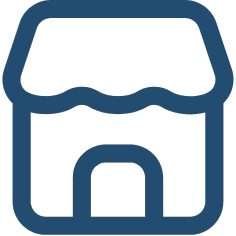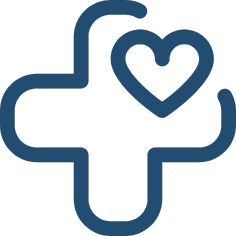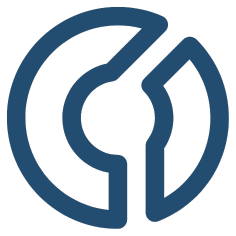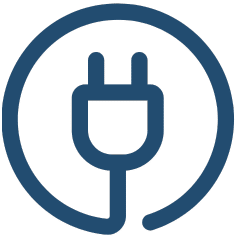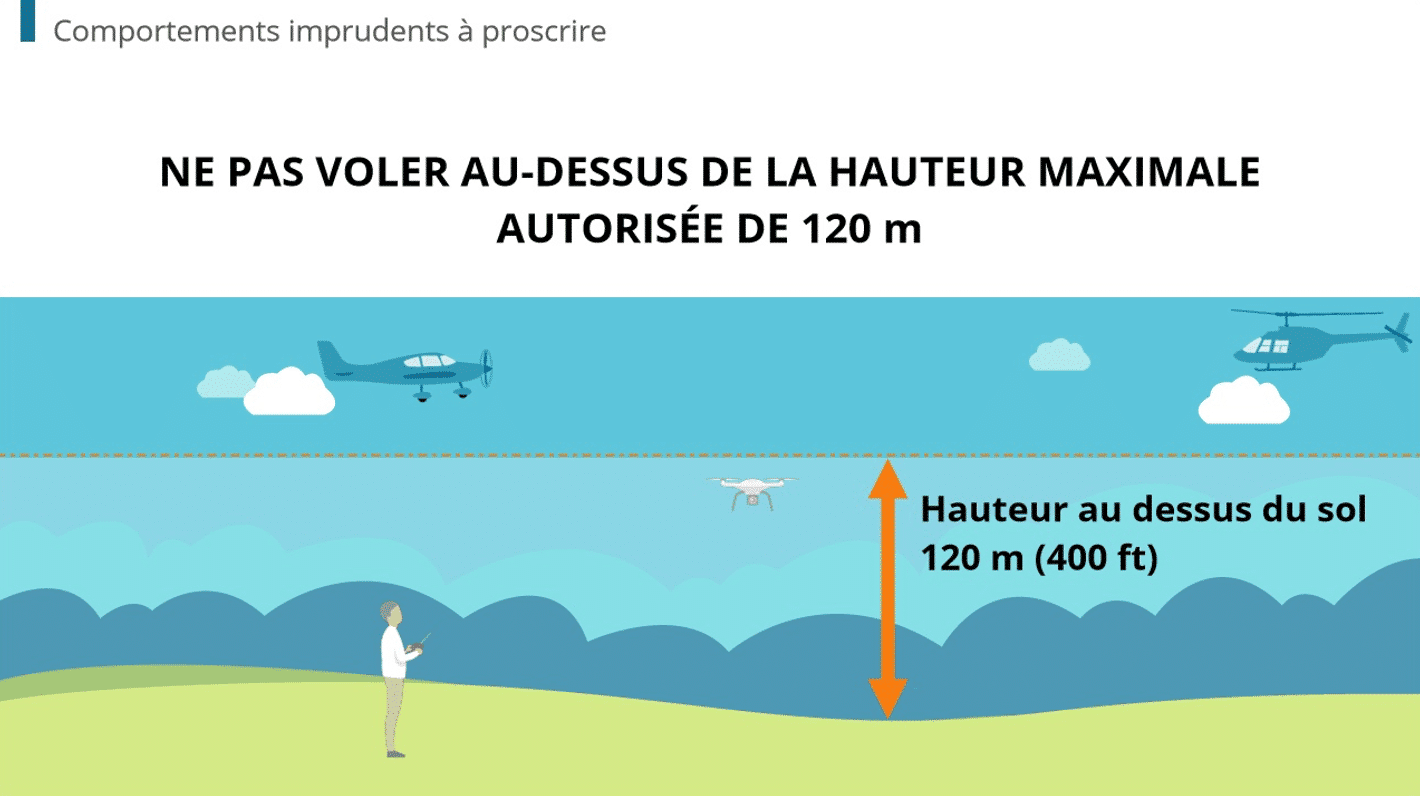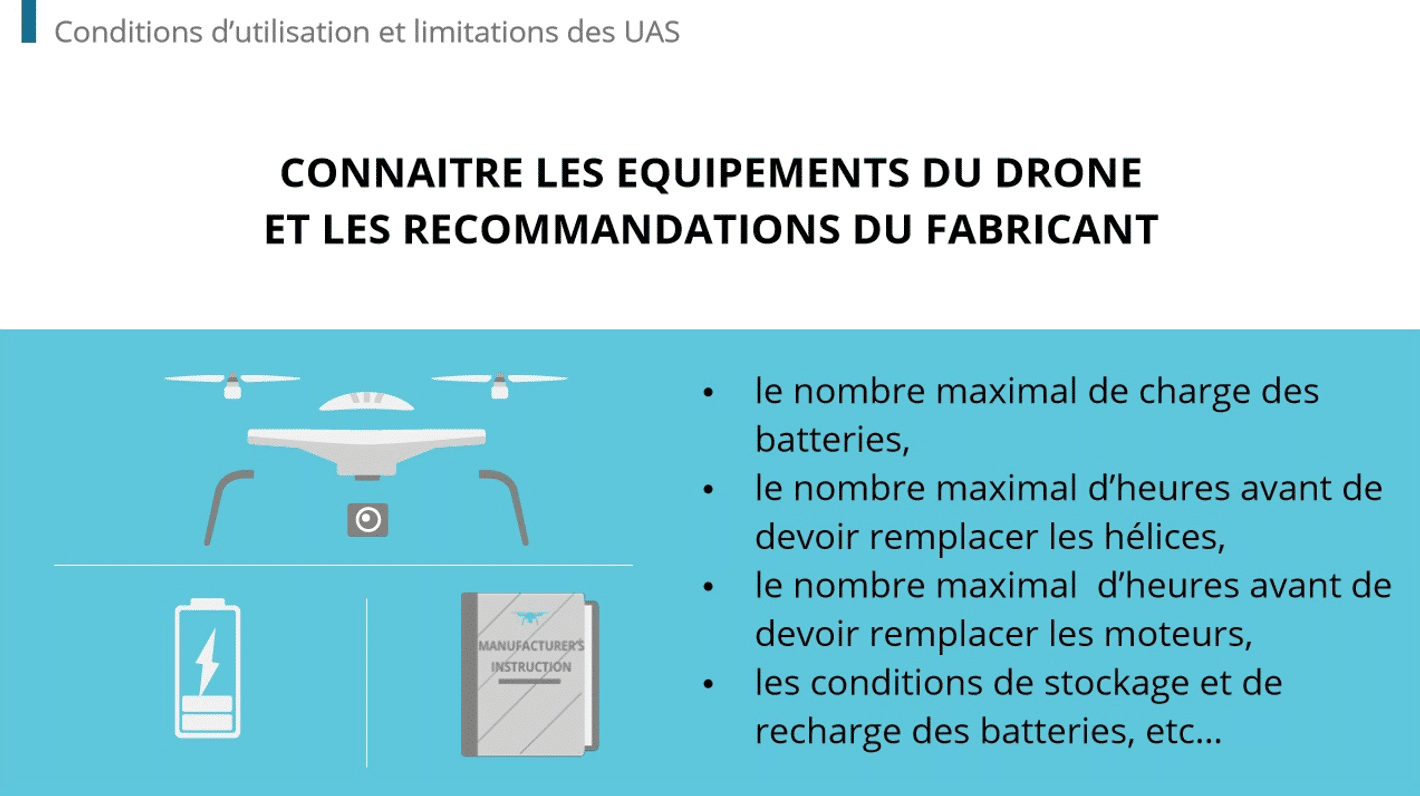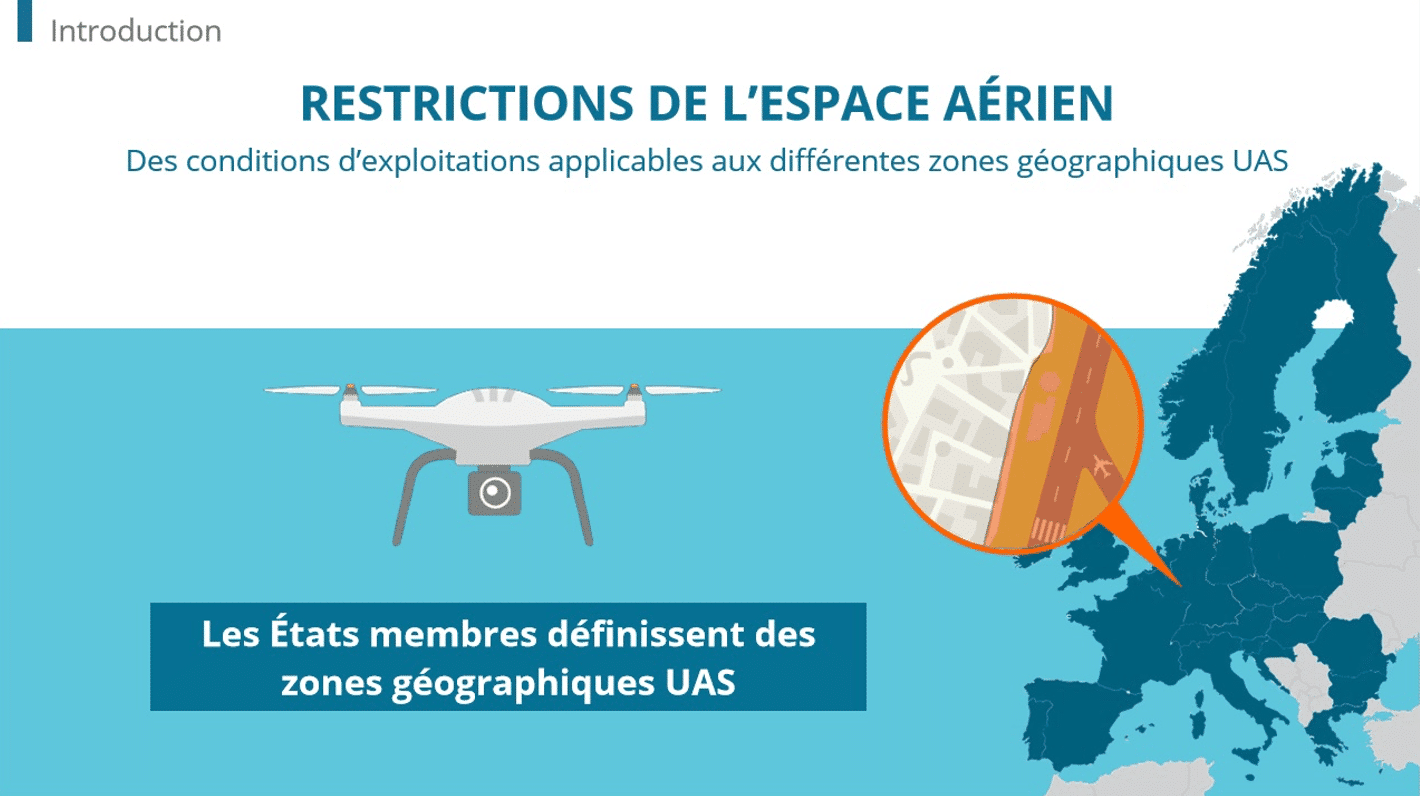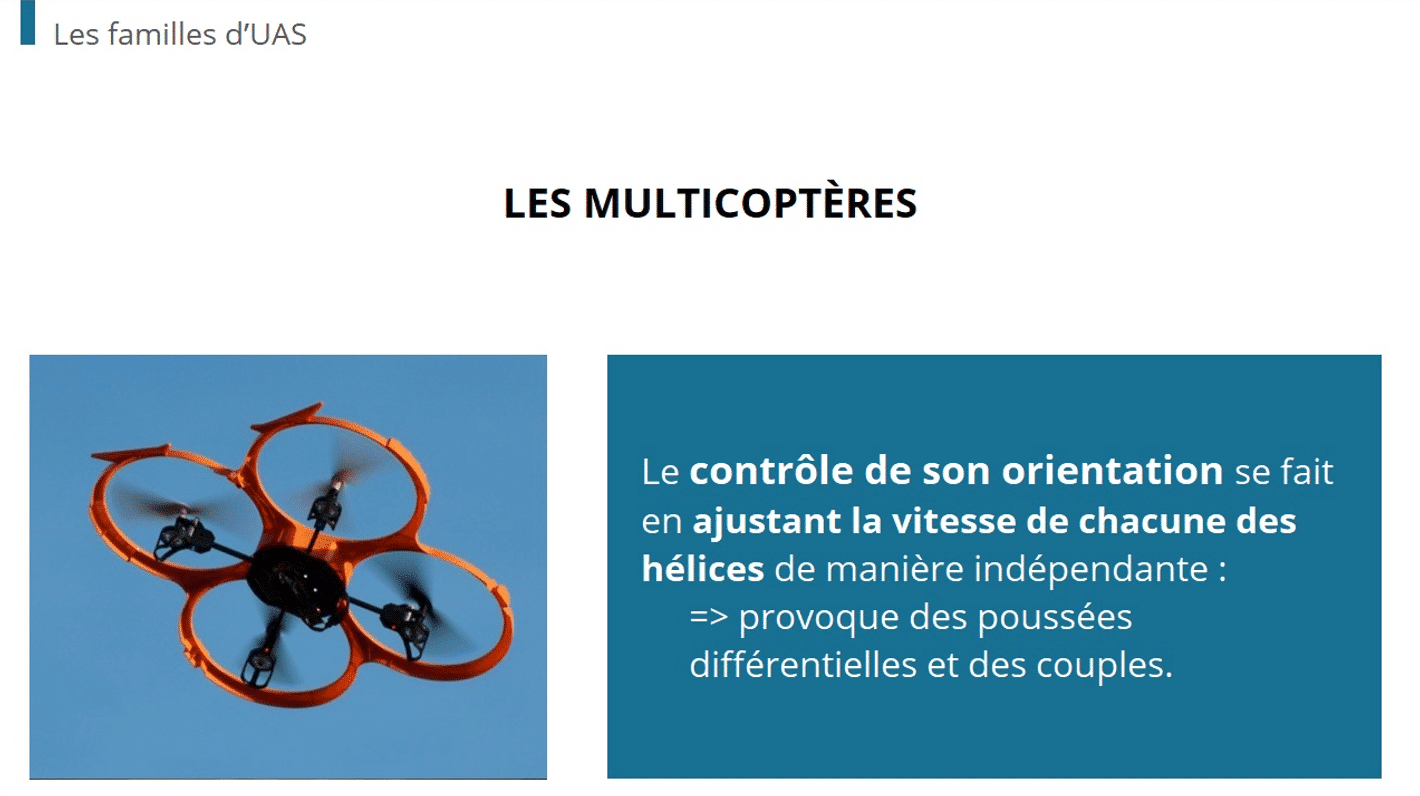Corrective action and preventive action, or CAPA, is an organizational method for identifying, investigating, and resolving issues that may manifest during a product development, testing, or release phase. Pharma manufacturing and medical device industries are mandated to have a CAPA plan in place under the Food and Drug Administration (FDA) and International Organization for Standardization (ISO). Find out how e-training can be an invaluable CAPA training tool and enforce pharma compliance.
CAPA breakdown
The two key elements of CAPA are corrective action and preventive action.
Corrective action
CAPA procedures require a systematic approach to corrective actions. This comprises a set of procedures that identify existing problems and a documented action plan when these problems are detected. Problems for pharma may include:
- Equipment miscalibration
- Low-quality or improperly sourced materials
- Data confidentiality violations
- Quality assurance inconsistencies
Preventive action
As suggested in its title, CAPA’s preventive actions are a set of standard operating procedures for identifying high-risk issues before they arise. It includes actions that can be taken to mitigate these problems from ever happening or lessen their severity or impact. Preventive measures may include internal audits, measuring KPIs, and keeping tabs on the latest regulatory updates.
CAPA training best practices for pharma compliance
The efficacy of CAPA training has been studied at length, and all evidence points to improved quality assurance. This was established in an extensive case study by the Medical Device Innovation Consortium.
The official guide for CAPA for pharmaceuticals can be found under ISO 13485 and 21 CFR 820. These regulations establish the rules for the manufacturing, storing, and distribution of medicinal products and medical devices. However, conveying the information through an LMS incorporating diverse media is more effective. Consider these best practice strategies.
Identify the problem
Devise a system for identifying problems in real time or at a high risk of occurring. Impart this system in your course and how to put it into practice in the workplace. Create individual modules to identify problems in each work sphere. What might a module for identifying problems in clinical trials include, for instance? Examples may be daily patient monitoring reports or a 24/7 open communication line for participants to report issues.
Root Cause Analysis
A root cause analysis comprises the tools and techniques for uncovering a problem’s origin. This origin sets the chain of events for the problems that arise in their present iteration. What is the root cause, for instance, of a wide-scale patient data breach? There may be a string of events, such as:
- Data breached from an employee’s personal device
- Patient data is stored in an unencrypted network repository that doesn’t enforce 2-factor authentication on personal devices
- The repository is hosted by a third-party vendor that doesn’t follow HIPAA or GDPR guidelines
- Third-party vendor hired by internal HR that itself didn’t follow HIPAA and GDPR
Point four is the root cause. Once you identify the root, you can take subsequent corrective and preventive actions to stop the chain of events leading to the breach.
Corrective and preventive action plan
For each identified problem and root cause, define the course of action organized in a checklist format. Using the data breach scenario, an action plan may include:
- Alert affected patients via email and/or text
- Inform impacted patients about what data may be compromised and what actions to take
- Migrate patient data to a third-party cloud provider with verified encryption and a positive compliance track record
- Normalize compliance training for HR, with special instructions on vetting and hiring third-party vendors
- Provide clear instructions on do’s and don’ts when accessing private records on personal devices
Have a separate action plan for each incident or probable incident (e.g. data breach, manufacturing, product testing, etc.)
Documentation and recordkeeping
CAPA training must include documentation procedures and validation activities. Provide clear and concise instructions on how to store, archive, and secure records. Document your procedures and training, complete with a log of learner records and certificates of completion. This includes corrective actions taken during a non-compliance event, and ensuing preventive action measures, fully documented. A strong record trail demonstrates that your company followed and enforced CAPA compliance in good faith.
Reviews and follow-ups
CAPA training and implementation is a continual process that involves cycles of evaluation, internal audits, employee surveys, and updates. Assess the KPIs to determine training efficiency. Has the training improved compliance readiness and minimized non-compliance incidents or failed audits? What metrics are in place for measuring improvements?
Dokeos is an asset for CAPA training and pharma compliance
CAPA compliance isn’t just a set of rules. Steadfastly following its doctrines ensures patient safety, participant confidentiality, product quality assurance, and more. Incorporate Dokeos’ LMS into your regulatory training. More pharma manufacturing sectors are implementing CAPA training in conjunction with GXP, HIPAA, FDA, and more.
Our system uses the latest automatic AI and business intelligence tools to collect data, document your training, certify employees, and maintain an audit trail. Sign up for a free trial and see for yourself why we have been a trusted leader in compliance training since 2004. Similarly, acquire a turnkey CAPA course fully ready for use upon acquisition. Train your employees and get them certified minus the hassle of building a course from the ground up.








